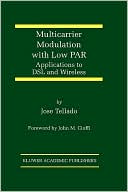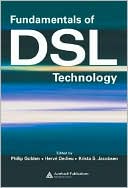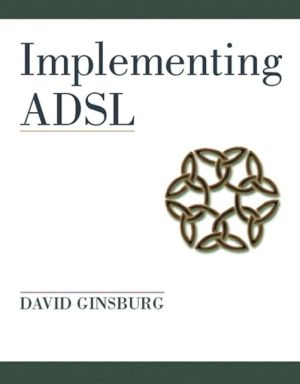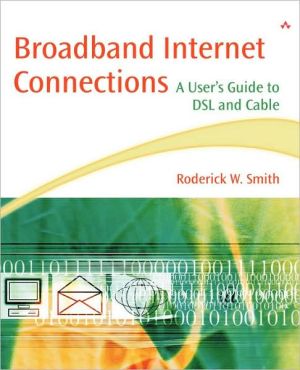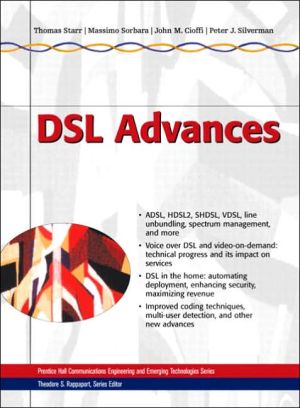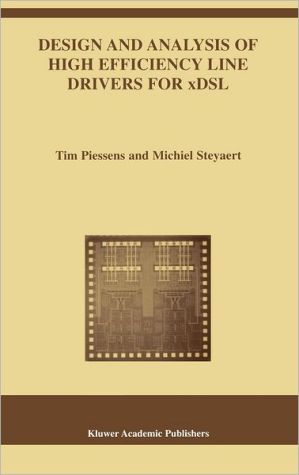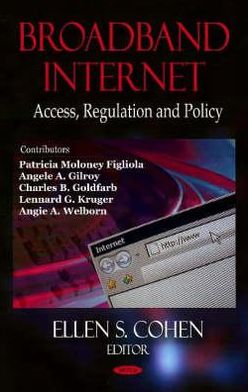Multicarrier Modulation with Low PAR
Search in google:
Multicarrier Modulation with Low PAR: Applications to DSL and Wireless provides the first comprehensive formulation of the PAR problem for multicarrier modulation and proposes three new methods for PAR reduction. The information in this book will be vital to practicing engineers, industrial researchers, scientists, graduate and postgraduate researchers, and others working in multicarrier transmission and communication theory.Multicarrier Modulation with Low PAR: Applications to DSL and Wireless serves as a valuable reference to both design engineers and communications theorists, and can also be used for advanced courses on the subject. Booknews Provides a comprehensive formulation of the peak-to-average power ratio (PAR) problem for multicarrier modulation, proposes three new methods for PAR reduction, and derives new absolute and statistical bounds for the continuous-time PAR based on discrete-time samples. The first two methods prevent distortions by reducing the PAR on the discrete-time signal prior to any nonlinear device such as a DAC or a power amplifier. The third method corrects for transmitter nonlinear distortion at the receiver when the nonlinear function is known. The author is affiliated with Stanford University. Annotation c. Book News, Inc., Portland, OR (booknews.com)
List of FiguresixForewordxiiiPrefacexvAcknowledgmentsxvii1.Introduction11.Outline of Book22.Multicarrier Modulation51.Multicarrier Modulation62.Partitioning for Vector Coding83.Partitioning for DMT and OFDM94.Loading Principles113.Peak to Average Ratio151.Multicarrier Signals152.Peak to Average Ratio223.Statistical Properties of Multicarrier Signals264.Bounds on Continuous-Time PAR using Discrete-Time Samples295.Description of Memoryless Nonlinearity396.Effect of Nonlinearities on System Performance436.1PSD Degradation446.2BER Increase447.Limits for Distortionless PAR Reduction528.Techniques for PAR Reduction558.1PAR Reduction with Distortion568.2Distortionless PAR Reduction578.2.1Coding588.2.2Discrete Parameter Optimization598.2.3Continuous Parameter Optimization609.New PAR Reduction Structures624.Par Reduction by Tone Reservation651.Problem Formulation662.PAR Reduction Signals for Tone Reservation683.Optimal PAR Reduction Signals for Tone Reservation714.Simple Gradient Algorithms with Fast Convergence775.Iterative PAR Reduction as a Controlled Clipper846.Tone Reservation Kernel Design856.1Computing Peak Reduction Kernels866.2Choosing the PRT Set886.3Numerical Computation of PRT and Kernel917.Results935.Par Reduction by Tone Injection971.PAR Reduction using Generalized Constellations982.Power Increase1033.Maximum PAR Reduction per Dimension Translation1074.Simple Algorithms for Computing x[n/L]1105.Results1126.Conclusions1166.Maximum Likelihood Detection of Distorted Multicarrier Signals1191.Memoryless Nonlinearity effects on Achievable Rate1202.Maximum Likelihood (ML) Detection1243.Numerical Results1324.Conclusions1347.Summary and Conclusions1371.Book Summary137Index149
